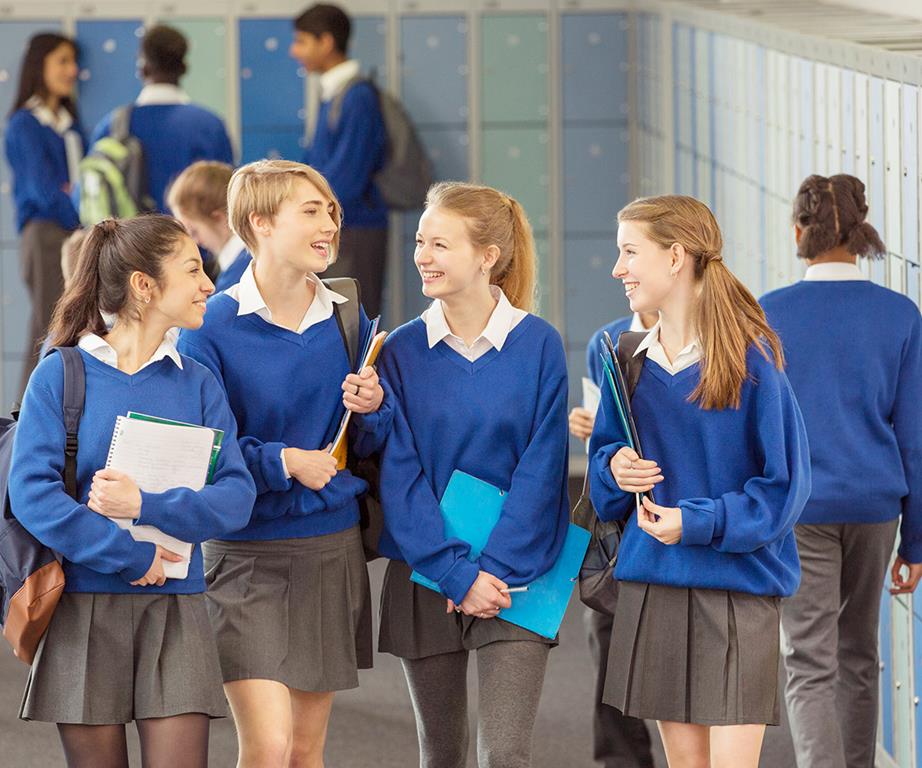Startling new reports show that the pullout method is the most popular
form of contraceptive for teenagers, leaving us questioning if it’s time for families to revisit the all-important birds and the bees chat, ideally with a little more context around sexually transmitted infections.
The good news is that more teens are using contraceptives than ever before – the bad news is that 60 per cent of these teens have said the pullout method is their primary form of choice.
The pullout method refers to the action of removing or withdrawing the penis preceding ejaculation. This is done with an intention of avoiding sperm entering the vagina – but it’s a risky business, presenting a 1 in 4 (25%) risk of pregnancy and putting both parties at an extremely high risk of contracting an STI.

These findings came from a study conducted by the Centers for Disease Control in the US.
Experts from Marie Stopes International, Australia told Nowtolove.com.au that, “the CDC survey actually shows small but steady improvements of contraception use overall so there seems to be a positive trend in terms of safe sex”.
Sarah Gafforini, Head of Population Health at Marie Stopes Australia explained that while the Australian equivalent data is not known the CDC study is very rigorous and well-regarded.
“We do know that the rates of STIs in young people are rising internationally and we are aware this is also the case in Australia.”
“While contraception to prevent pregnancy is important, so too are condoms which are currently the only form of widely available contraception that prevents STIs.”
“We also know that not all contraception is 100% effective and many of the women who come to us for abortion services were using contraception at the time they conceived. So it is important that teenagers know their options when it comes to contraception and what to do if contraception fails. “
“This is where education and particularly the conversations that parents have with their teenage children is really important,”
Sarah Gafforini told us.
“But we know that this is often an awkward conversation.”
“We have recently launched a national survey of parents to find of what the barriers are to this conversation and what support they need to have the conversation.”
You can participate in that survey by clicking here.
Education is one of the best forms of prevention when it comes to STIs and let’s face it, a little awkwardness is nothing compared to the alternatives.

